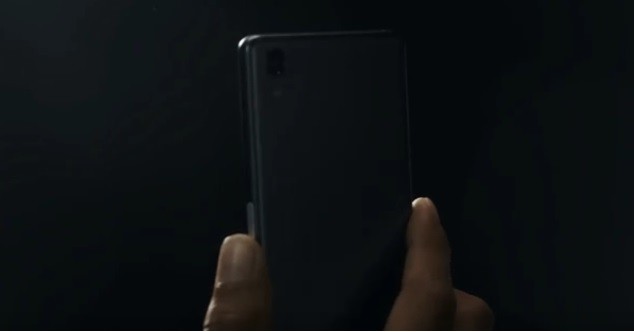Huawei P9 Plus smartphone was released in April this year and Sony Xperia X smartphone was released in February this year.
Let's have a look at the specs of the two devices
The Huawei P9 Plus weighs 162 grams and measures 152.3mm x 75.3mm x 7mm. The smartphone has a full metal body and a fingerprint scanner. The Sony Xperia X, which is lighter and thicker, weighs 153 grams and measures 142.7mm x 69.4mm x 7.9mm.
The Huawei P9 Plus comes with an internal storage of 64GB that users can expand to 128GB using a microSD card slot. The Sony Xperia X, on the other hand, comes in two internal storage variants of 32GB and 64GB that can be expanded to 200GB using a microSD card slot.
The Huawei P9 Plus features a 5.5-inch super AMOLED screen with 1920×1080 pixel resolution and it is protected by Corning Gorilla Glass 4, CNET reported.
The Sony Xperia X, on the other hand, sports a 5-inch IPS LCD display with 1920×1080 pixel resolution, according to a report from BGR.
The Huawei P9 Plus packs a 12MP dual-primary camera that features HDR, geo-tagging and dual-LED flash and an 8MP secondary camera. The Sony Xperia X has a 23MP primary camera that features touch focus, LED flash and panorama and a 13MP secondary camera.
Huawei P9 Plus has a 3400 mAh non-removable battery and Sony Xperia X has a 2620 mAh non-removable battery.
Other features of the Huawei P9 Plus include 4GB of RAM, a Mali-T880 MP4 graphics card, a quad-core Cortex A53 CPU, a quad-core Cortex A72 CPU and a HiSilicon Kirin 955 processor.
The Sony Xperia X features 3GB of RAM, an Andreno 510 graphics card, a quad-core Cortex A53 CPU, a dual-core Cortex A72 CPU and a Snapdragon 650 processor.
Meanwhile, Huawei has declared that the Huawei P9 Plus is now available in the United Kingdom with the mobile carrier Vodafone and the smartphone is available in Quartz Grey.
In another report, Sony Xperia Z2, Xperia Z3 Compact and Xperia Z3 are currently receiving Android Marshmallow beta update. It is believed that these Sony devices will receive the complete version of the operating system pretty soon.






















